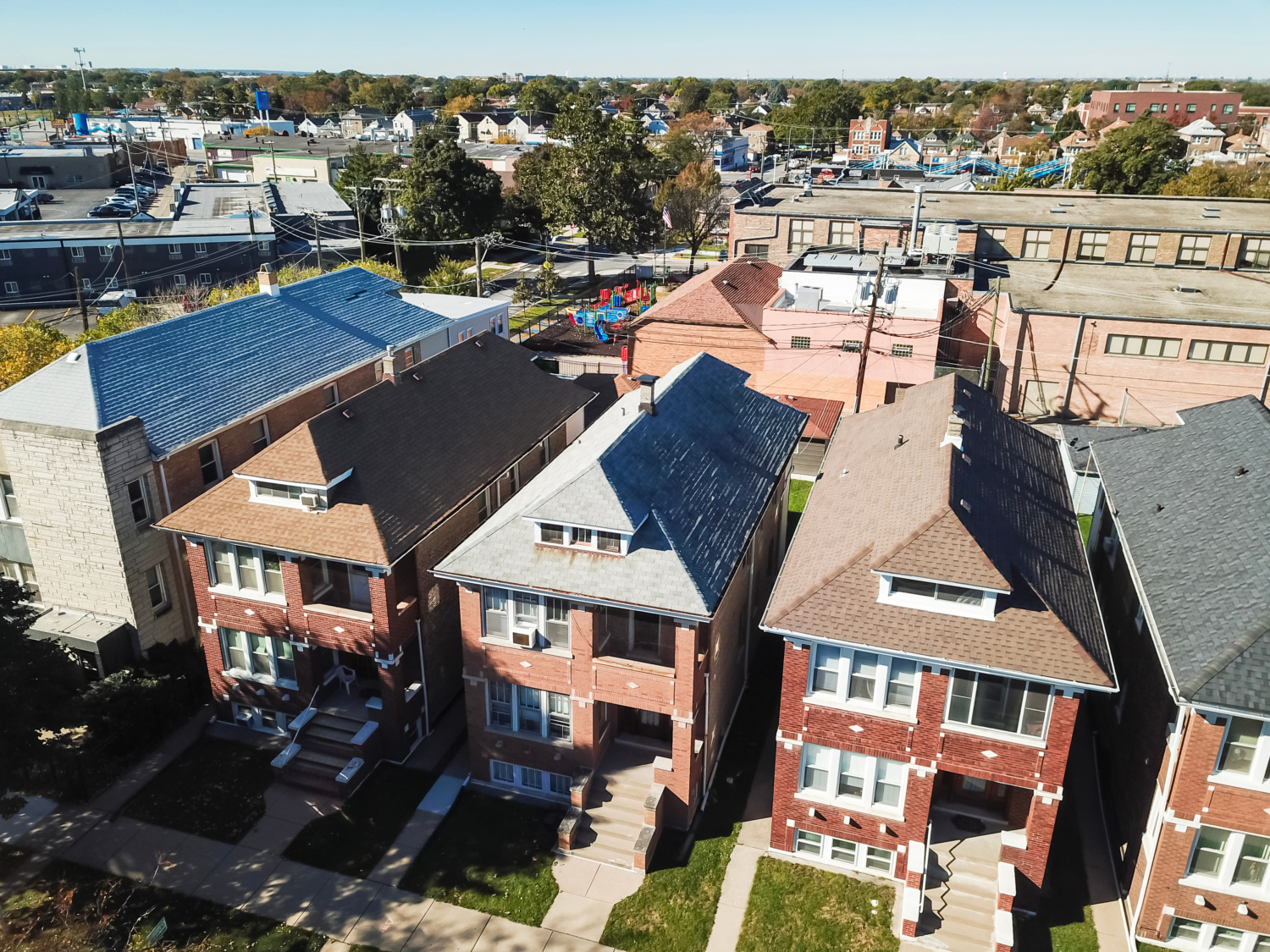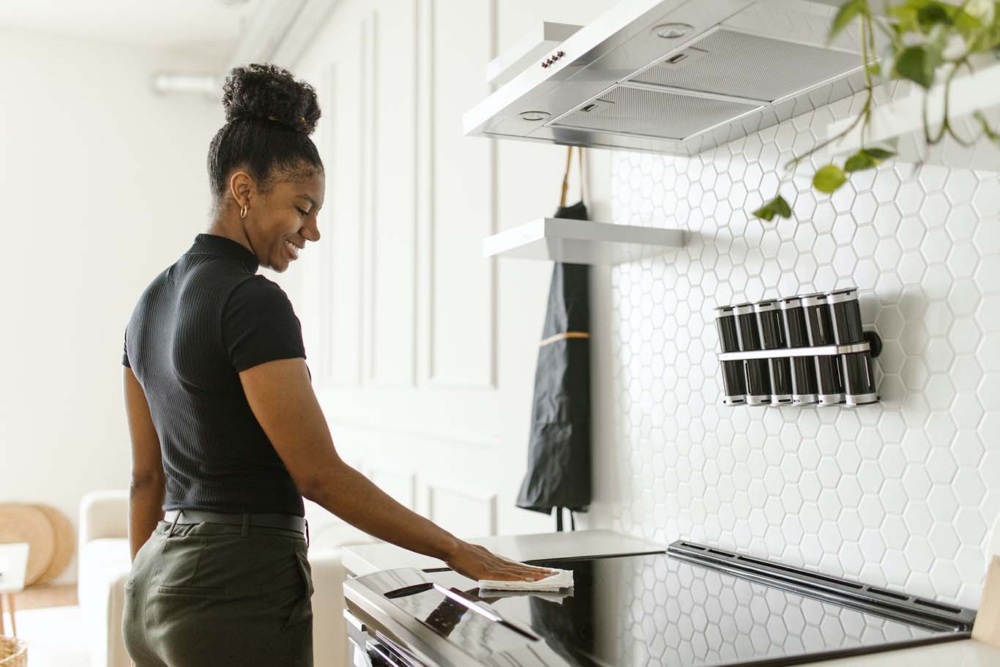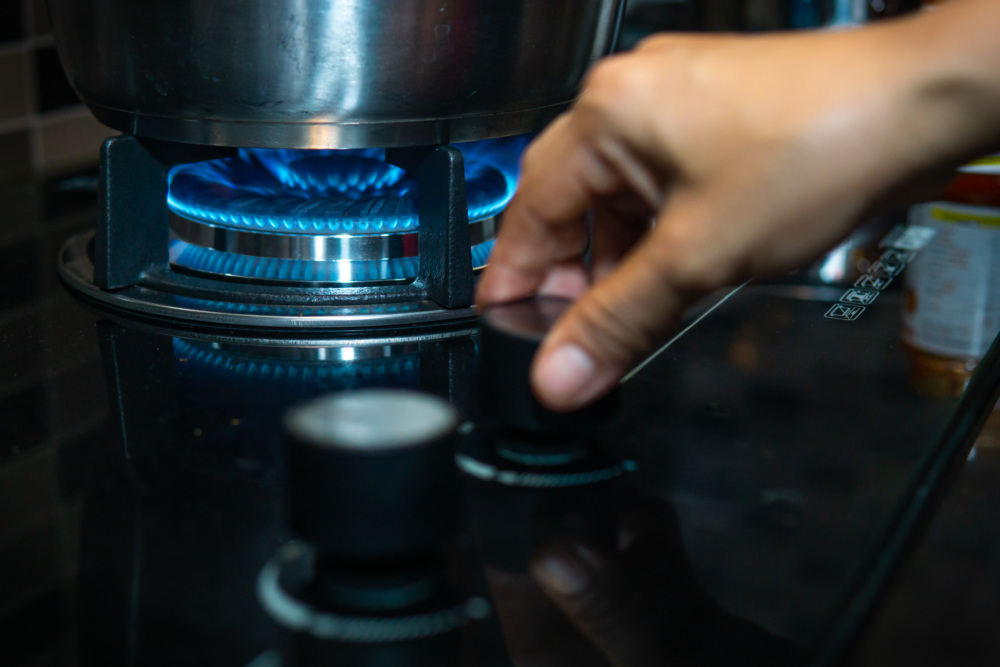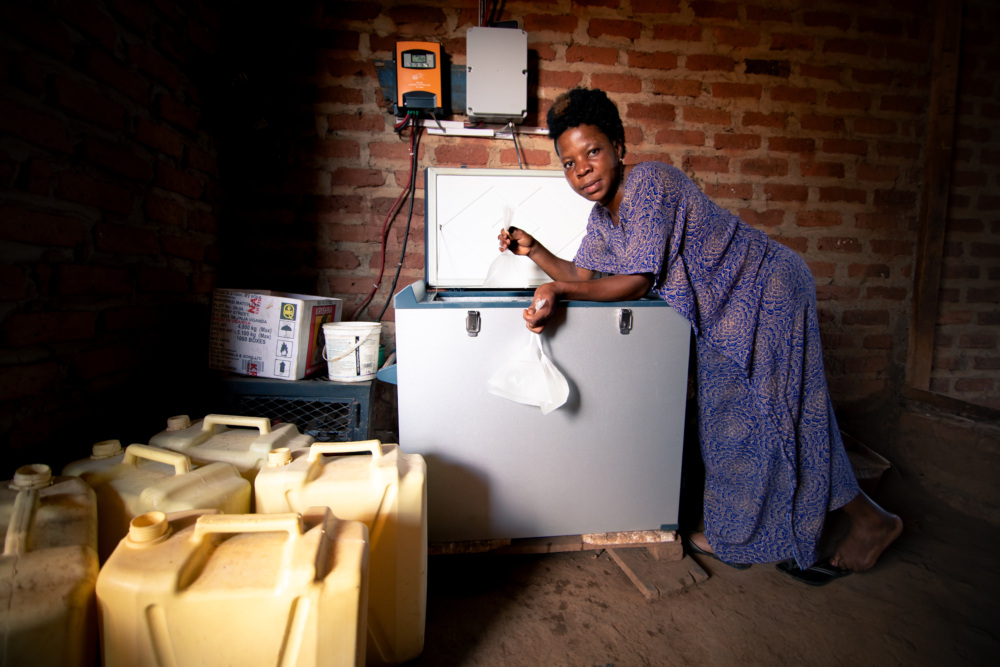Combating High Fuel Prices with Hybrid Heating: The Case for Swapping Air Conditioners for Heat Pumps
Summary
This report offers a strategy to kickstart home electrification in the US by swapping traditional air conditioners (AC) to two-way heat pumps that can both heat and cool indoor spaces.
Download Report
Fill out the form below to activate file downloads
The Regulatory Assistance Project (RAP)

If all 53.8 million households that are ready to transition from oil, methane, propane and electric resistance to hybrid heat pumps make the switch, the US would cut 67 Mt CO₂ emissions and reduce national heating bill costs by $13.6 billion annually.
Every six seconds a new residential furnace or air conditioner starts up in the US, meaning homes lose out on the opportunity to decarbonize until the product is ready to be replaced – likely not until 2035-2040. This report advocates for households to replace existing air conditioning units at the end of their useful life with look-alike electric heat pumps – a super-efficient technology that can both heat and cool indoor spaces.
Two-way heat pumps offer a reliable, cost-effective and efficient alternative to traditional air conditioners, enhancing energy security and reducing fossil fuel consumption. In this proposal, households would keep their legacy heat system in place, using it to supplement the heat pump at lower temperatures. As of 2022, there are 54 million US homes that are ready for hybrid heating.
This report, expanding on findings from CLASP’s 2021 3H Hybrid Heat Homes Report, offers benefit analyses of four major heating fuel types – oil, propane, methane and electric resistance – and outlines key recommendations for how state governments and utilities can support accelerated heat pump adoption across the US.
By transitioning these households to super-efficient hybrid heating, US could reduce national heating bills by $13.6 billion and cut annual CO2 emissions by 67 Mt, the equivalent of removing 14.4 million passenger cars from the road for an entire year.









